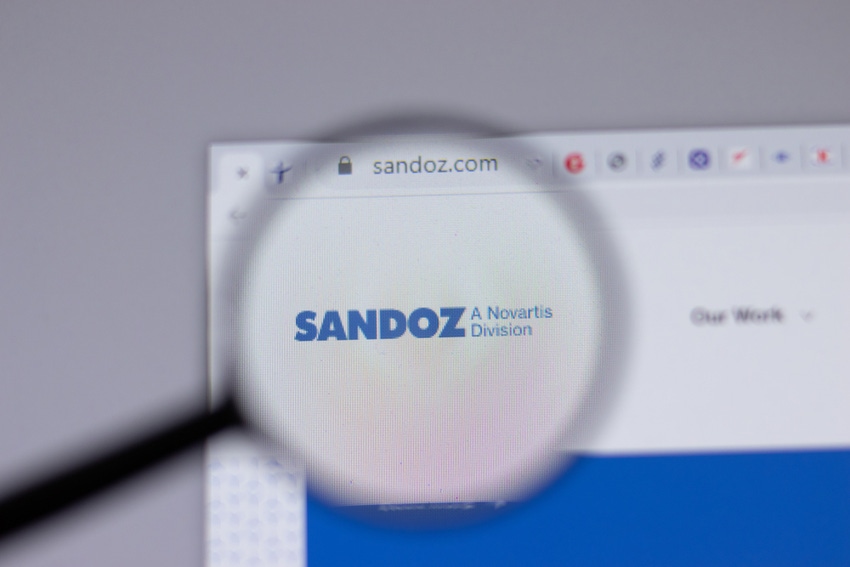Content Spotlight
Podcast: MilliporeSigma says education vital to creating unbreakable chain for sustainability
MilliporeSigma discusses the importance of people, education, and the benefits of embracing discomfort to bolster sustainability efforts.

Novartis will spin-off its generics division Sandoz, which includes a portfolio of eight biosimilar products.
In 2018, Novartis granted its generic and biosimilar medicine division Sandoz more autonomy while claiming to be “completely committed” to the business. Since then, analysts and investors have been hedging their bets as to when the inevitable spin-off would therefore occur. Following a strategic review last year, the Swiss firm has now cemented a separation plan to be completed by the second half of 2023.
“Our strategic review examined all options for Sandoz and concluded that a 100% spin-off is in the best interest of shareholders,” said Joerg Reinhardt, chair of the Board of Directors of Novartis.

Image: DepositPhotos/
postmodernstudio
“A spin-off would allow our shareholders to benefit from the potential future successes of a more focused Novartis and a standalone Sandoz, and would offer differentiated and clear investment theses for the individual businesses.”
Novartis will now dedicate itself to innovative medicines, including its antibody and cell and gene therapy portfolio. It will, however, lose a robust portfolio and pipeline of biosimilars – a modality focused on lower-cost biologics it was instrumental in bringing to the fore in both Europe and the US.
In 2006, the firm achieved approval of Omnitrope (biosimilar recombinant human growth hormone [rhGH]) in Europe, and nine years later became the first commercial biosimilar developer to bring a biosimilar to the US – Zarxio, a version of Amgen’s Neupogen (filgrastim).
Beyond these two, the firm has won approval for six other biosimilars across various regions: Erelzi (etanercept), Binocrit (epoetin alfa), Ziextenzo (pegfilgrastim), Rixathon (rituximab), Hyrimoz (adalimumab), and Zessley (Infliximab).
Furthermore, the firm has been instrumental in advocating for such medicines, through industry, physician, and payor programs such as the recently launched Act4Biosimilars roadmap that hopes to increase global adoption of biosimilar medicines by at least 30% in 30+ countries by 2030.
“For Novartis, the separation of Sandoz would further support our strategy of building a focused innovative medicines company, with depth in five core therapeutic areas, and strength in technology platforms,” said Vas Narasimhan, CEO of Novartis.
“In addition, both companies would be able to focus on maximizing value creation for their shareholders by prioritizing capital and resource allocation, employing separate capital structure policies, and increasing management focus on their respective business needs.”
You May Also Like